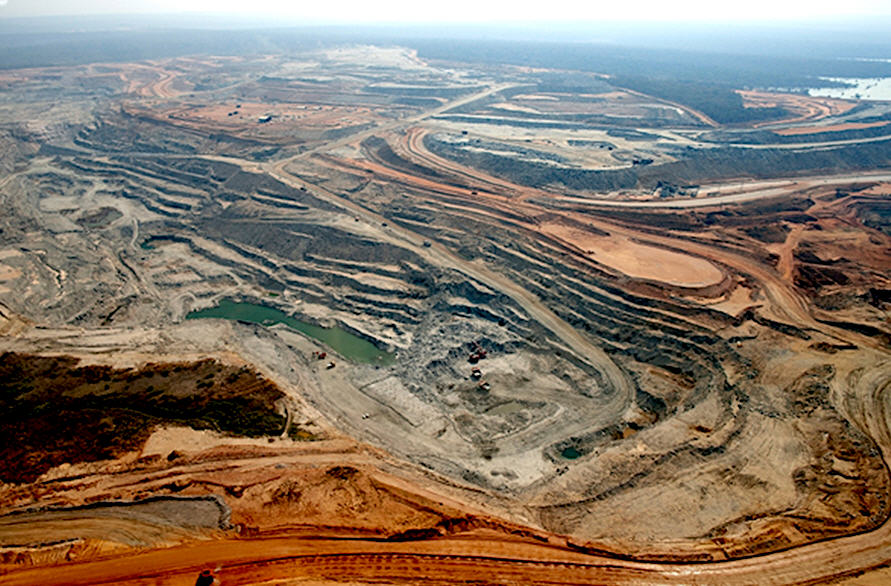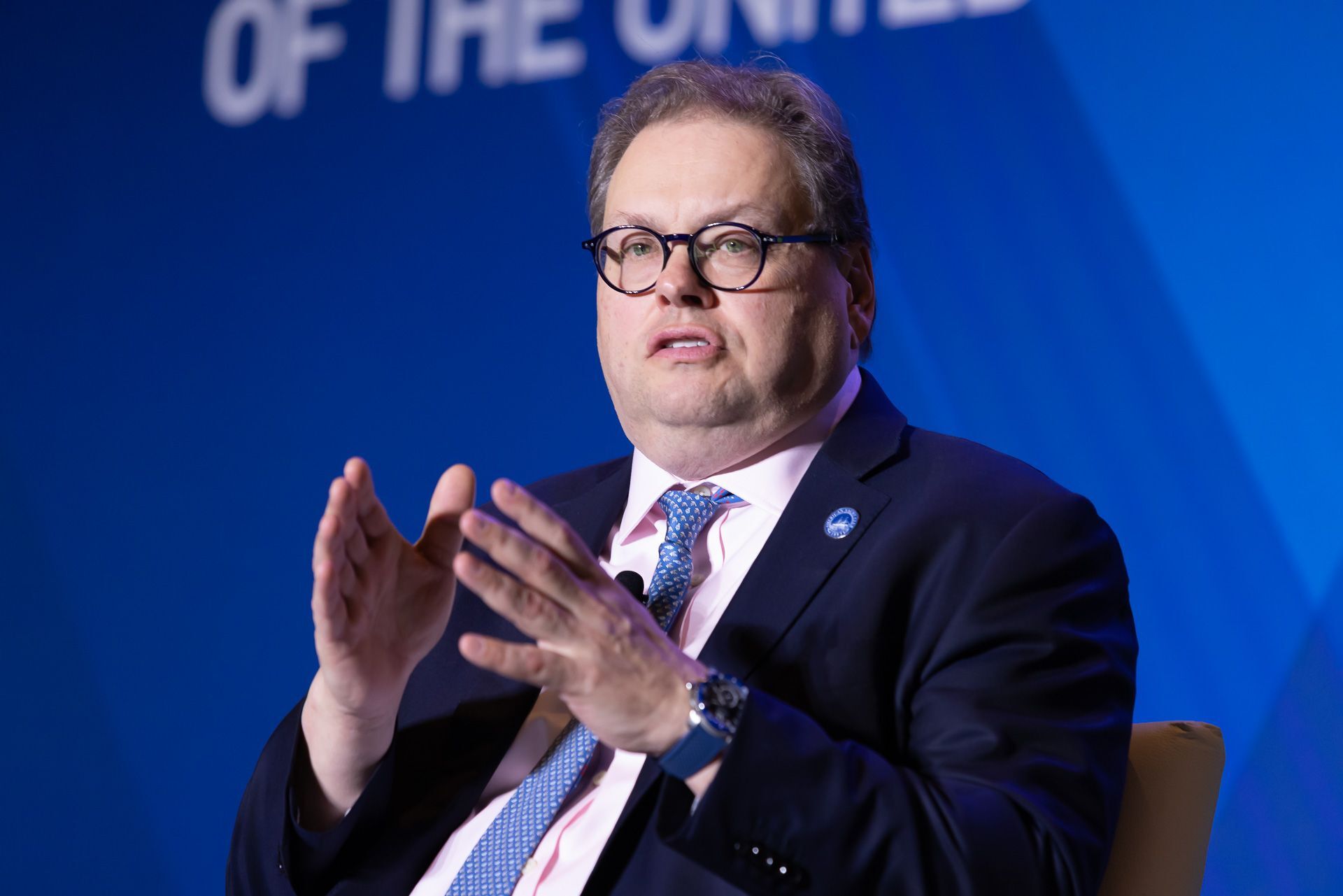Barrick Gold eyes more copper assets in Congo – executive

TORONTO/LONDON- Barrick Gold Corp , soon to become the world’s largest gold miner, is interested in adding more copper assets as long as the red metal is accompanied by bullion, executives said on Friday.
Barrick, which expects to complete its $6.1 billion takeover of Randgold Resources on Jan. 1, outlined broad plans for exploration, expansion, streamlining and asset sales at an investor presentation in London that it will repeat in New York and Toronto next week.
Structured under regions in North America, South America and Africa and the Middle East, Toronto-based Barrick has been focusing on where it wants to take the merged company, said Randgold Chief Executive Mark Bristow, noting that the process involves in-depth study of its assets and growth potential. Bristow will become CEO of Barrick.
Barrick is open to copper assets “as long as that copper is a component or co-product to the gold,” said Rod Quick, who heads Randgold’s projects and evaluation and will assume the same role in the merged company. “Or, unless that copper project will enhance our strategic partner network.”
In Africa, Barrick is open to exploiting its “substantial footprint and presence” in the Democratic Republic of Congo to acquire world-class deposits, said Willem Jacobs, who heads Randgold’s operations in central and east Africa. He will become chief operating officer of Barrick’s Africa and Middle East region after the merger.
In Zambia, Barrick aims to lower costs at its “relatively low-grade” Lumwana copper mine, he added, noting the country’s new mining code stands to materially affect margins unless it is changed.
Barrick said it was also keen on exploration outside its operating areas, flagging South America’s Guyana Shield, which crosses Suriname, Guyana and French Guyana. It also wants more exposure in Canada.
Rob Krcmarov, Barrick’s executive vice president of exploration, said the company is interested in “copper opportunities” within its operating regions, provided they meet its investment criteria.
To approve so-called Tier 1 projects, with potential for more than 5 million ounces of gold, Barrick will require a 15 percent rate of return, based on a $1,000 gold price, said Quick. Tier 2 projects, with more than 3 million ounces of gold, will need a 20 percent return, he said.
Barrick expects that stronger operating cash flows, non-core asset sales and lower overhead and interest costs will help it increase future dividends, said Randgold’s Chief Financial Officer Graham Shuttleworth.
(By Susan Taylor and Zandi Shabalala; Editing by Chizu Nomiyama and Richard Chang)
{{ commodity.name }}
{{ post.title }}
{{ post.date }}

Comments